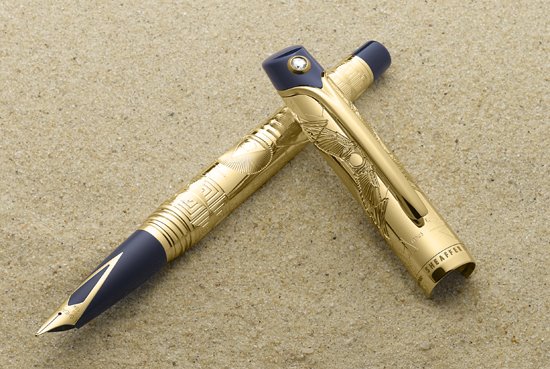
I can't remember which of Kubrick's films I saw first. I think it was
Dr. Strangelove but it was probably
Spartacus, although at the time that I saw
Spartacus I had no idea of what a film director did and I had even less knowledge of Stanley Kubrick. But one afternoon, while at home, I watched
Dr. Strangelove or: How I Learned to Stop Worrying and Love the Bomb on television. It was the funniest nightmare that I'd had ever experienced. When the movie was over I asked myself: "What mad genius is responsible for this vision?" For the first time I became aware of Stanley Kubrick and the role of the director in the making of a movie. I do subscribe to what the French call the Auteur Theory of film, which is to say that a director is responsible for a movie like an author is for a novel.

And Kubrick is certainly the master of his own voice and vision.
When I learned that Kubrick's next movie would be
2001: A Space Odyssey, I quickly ordered my tickets through the mail so I could see it the day it opened. Once again Kubrick took me on a journey that I was all too willing to go on. I trusted Kubrick as a director and, intellectually, I followed him wherever he wanted to go. I've seen
2001: A Space Odyssey 27 times in a movie theatre and each viewing brings a new revelation - that's Kubrick for you.

Stanley Kubrick only made a baker's dozen of films, more or less, but each one has become a classic in its own right, although at the time of their release his films were often met with negative criticism. His major films are:
1.Fear and Desire (1953)
2.
Killer's Kiss (1954)3.
The Killing (1956)4.
Paths of Glory (1957)5.
Spartacus (1960)6.
Lolita (1962)7.
Dr. Strangelove or: How I learned to Stop Worrying and Love the Bomb (1964)8.
2001 : A Space Odyssey (1968)9.
A Clockwork Orange (1971)10.
Barry Lyndon (1975)11.
The Shining (198012.
Full Metal Jacket (1987)13.
Eyes Wide Shut (1999)Although Kubrick worked in different genres, one can find common themes in all of his films. One of the important ideas that I've been able to discern is that people, and sometimes machines, are often over programmed to the point of self destruction. HAL, the computer in
2001, is over programmed, as is Alex in
A Clockwork Orange, Jack Nicholson is metaphysically over programmed by the haunted Overlook Hotel in
The Shining, Private Pyle, in
Full Metal Jacket, succumbs to the over programming of Marine boot camp and kills himself. And in
Eyes Wide Shut, Tom Cruise over programs himself with lustful thoughts about himself and his wife.

Kubrick, in my opinion, uses film to put forth his ethos. When I read Stephen King's
The Shining, I was excited to know that it was Kubrick's next project as I really enjoyed the book. When I saw the film I was disappointed because a lot of the book was not brought to the screen; for a moment I felt cheated. Later, while talking with a friend, he said to me, "Cliff you went to see a film of a Stephen King novel watch it again as a Stanley Kubrick film, it's his commentary on the nuclear family." He was so right. Kubrick's Shining has little to do with Stephen King and everything to do with Kubrick (with whom he just happens to share the same monogram.)
Every Kubrick film has a scene that takes place in or just outside a bathroom. From the Zero Gravity toilet in
2001 to the death of Private Pyle at the end of the first act of
Full Metal Jacket to the ghosts of the dead that Nicholson confronts in
The Shining. I'm not going to point them all out to as it will ruin the fun of discovering them on your own.
Finally, I loved the way Kubrick used music in his films. He used source music almost exclusively with the exception of
Full Metal Jacket where an original score was composed. The composer Alex North was asked to compose an original score for
2001, but Kubrick abandoned the idea in favor of Strauss,
Ligeti, Khachaturian and others. And of course he worked closely with Wendy Carlos on the scores to
A Clockwork Orange and
The Shining. For the most part Carlos reworked the classics through her Well Tempered Synthesizer, but she did,
occasionally, compose original music.
When Stanley Kubrick died in 1999 I was saddened by his passing. I felt as though I grew up with him or at least his films, and there would never be another Stanley Kubrick film . His movies were very important to me during my formative years. His films made me think about life, love, war, death, happiness and the future of civilization. Heavy subjects for a teen to ponder but I'm all the better because Kubrick caused my eyes to be opened wide.
Clifford Jake Jacobs
Have Pen, Will Write
 A few years ago STYLUS Magazine published an article about the connection between fountain pens and watches. The article focused on those companies that manufacture both. Market research shows that people who collect fountain pens are also inclined to collect watches and vice versa. Pen companies like Montblanc who have established themselves with a signature icon in one area, writing instruments, seek to establish themselves in yet another, time pieces, for the benefit of their devoted clients.
A few years ago STYLUS Magazine published an article about the connection between fountain pens and watches. The article focused on those companies that manufacture both. Market research shows that people who collect fountain pens are also inclined to collect watches and vice versa. Pen companies like Montblanc who have established themselves with a signature icon in one area, writing instruments, seek to establish themselves in yet another, time pieces, for the benefit of their devoted clients. Men also like luxury items but we don't want to be ostentatious in our use of them. (I know that there are men of a particular generation who are into "bling", I speak not of them.) Here, I speak of males that I would refer to as "gentlemen", men who tend to be professional, urbane and well educated. For men of that group a fine writing instrument and a classic time piece are as essential as a pair of penny loafers, a windbreaker from L.L. Bean, a tuxedo or a hand knotted bow tie. We enjoy these things because they give us a sense of timelessness and allow us to feel that we are part of a long honored tradition.
Men also like luxury items but we don't want to be ostentatious in our use of them. (I know that there are men of a particular generation who are into "bling", I speak not of them.) Here, I speak of males that I would refer to as "gentlemen", men who tend to be professional, urbane and well educated. For men of that group a fine writing instrument and a classic time piece are as essential as a pair of penny loafers, a windbreaker from L.L. Bean, a tuxedo or a hand knotted bow tie. We enjoy these things because they give us a sense of timelessness and allow us to feel that we are part of a long honored tradition.
































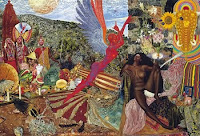
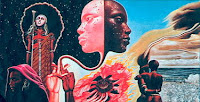


.jpg)




















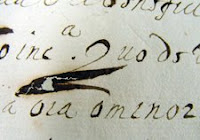

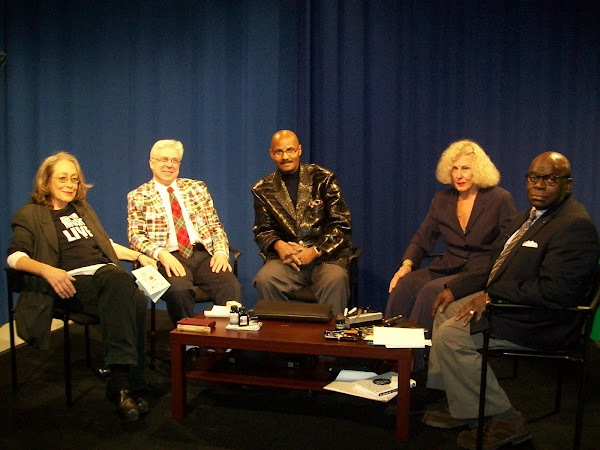

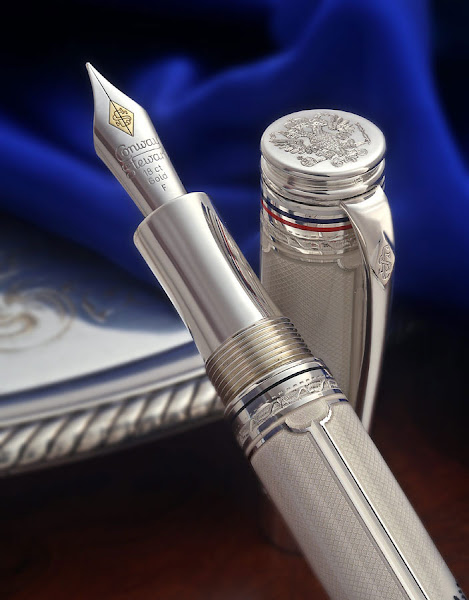
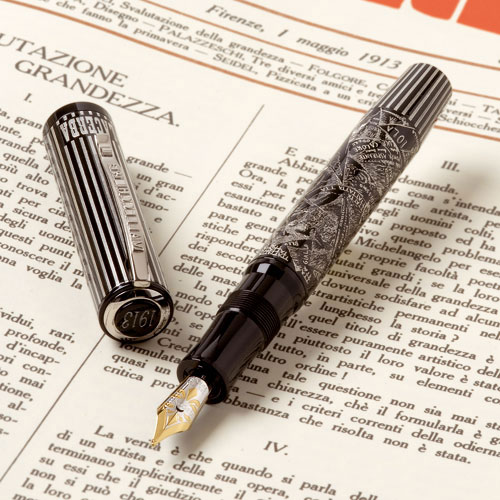
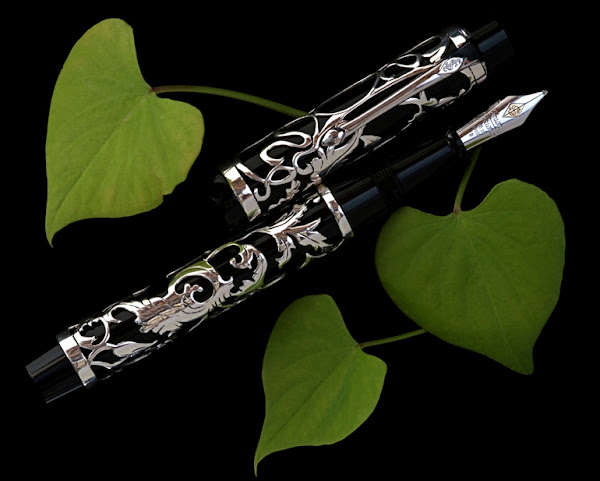

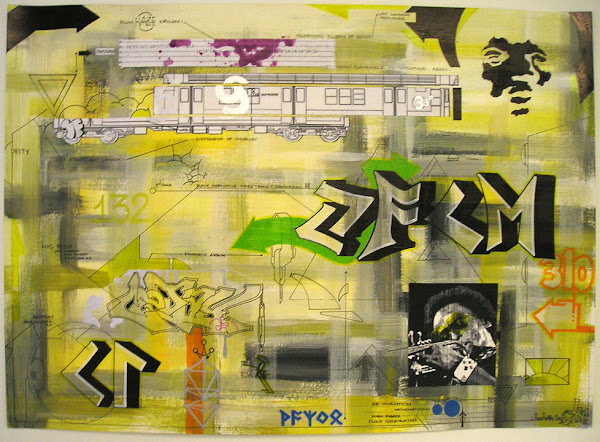.jpg)
